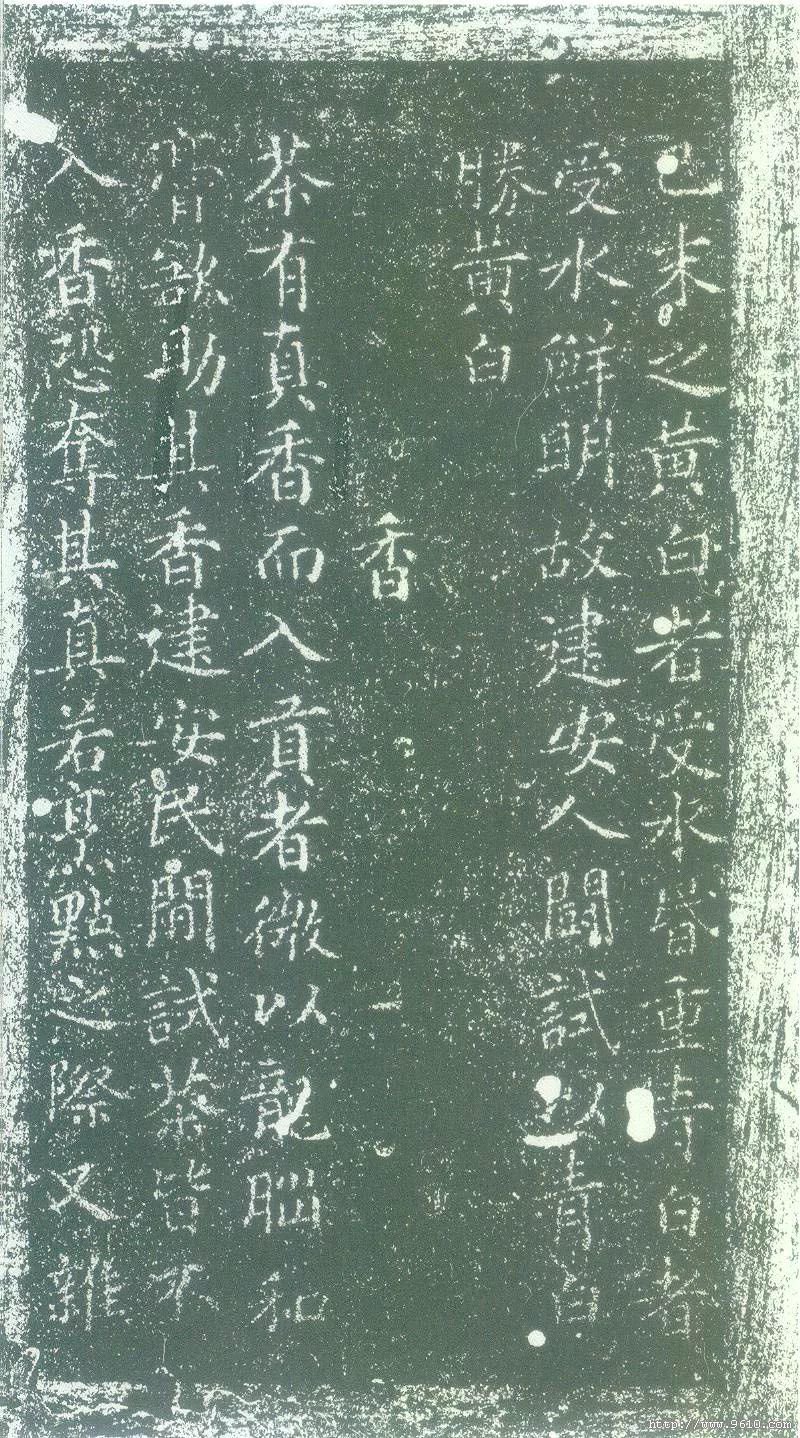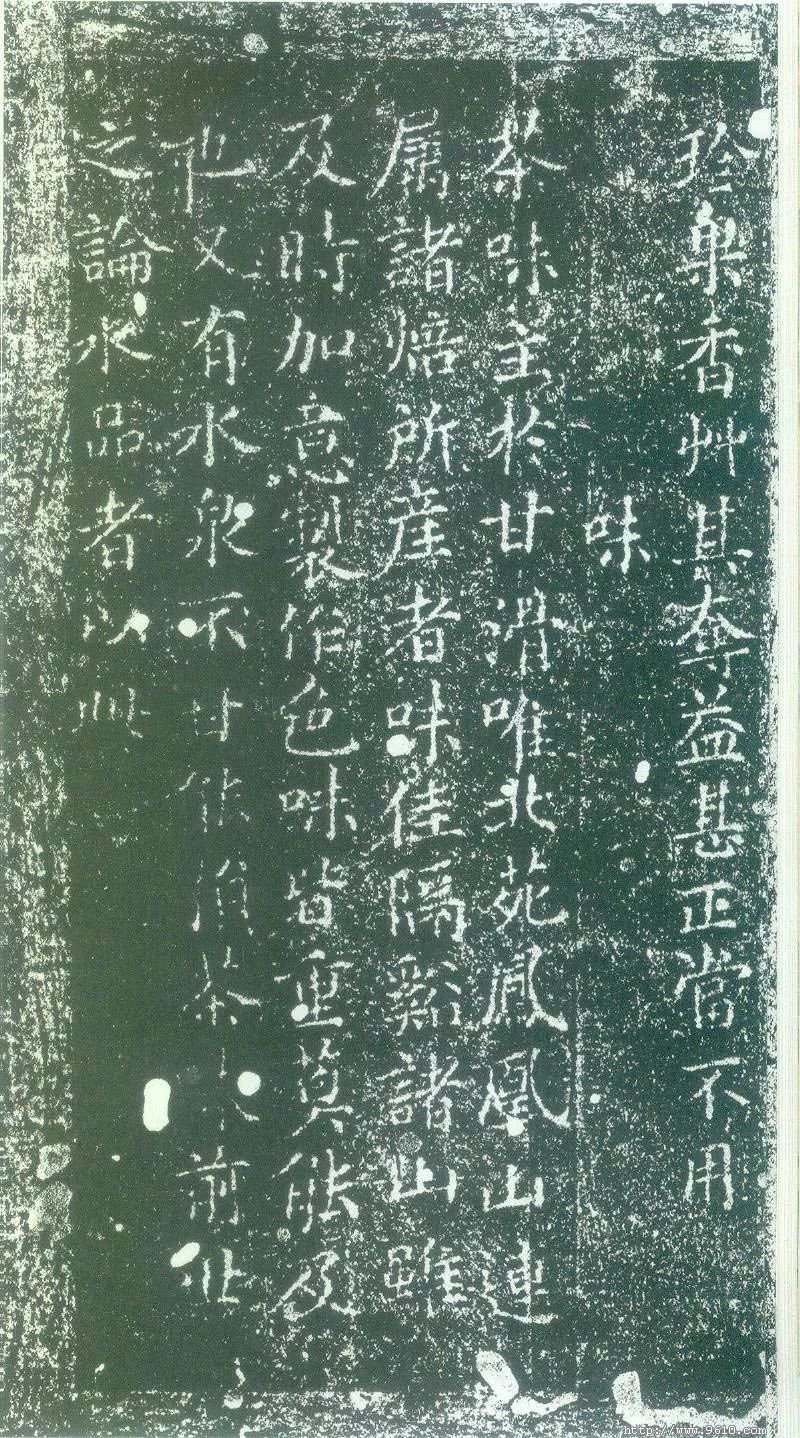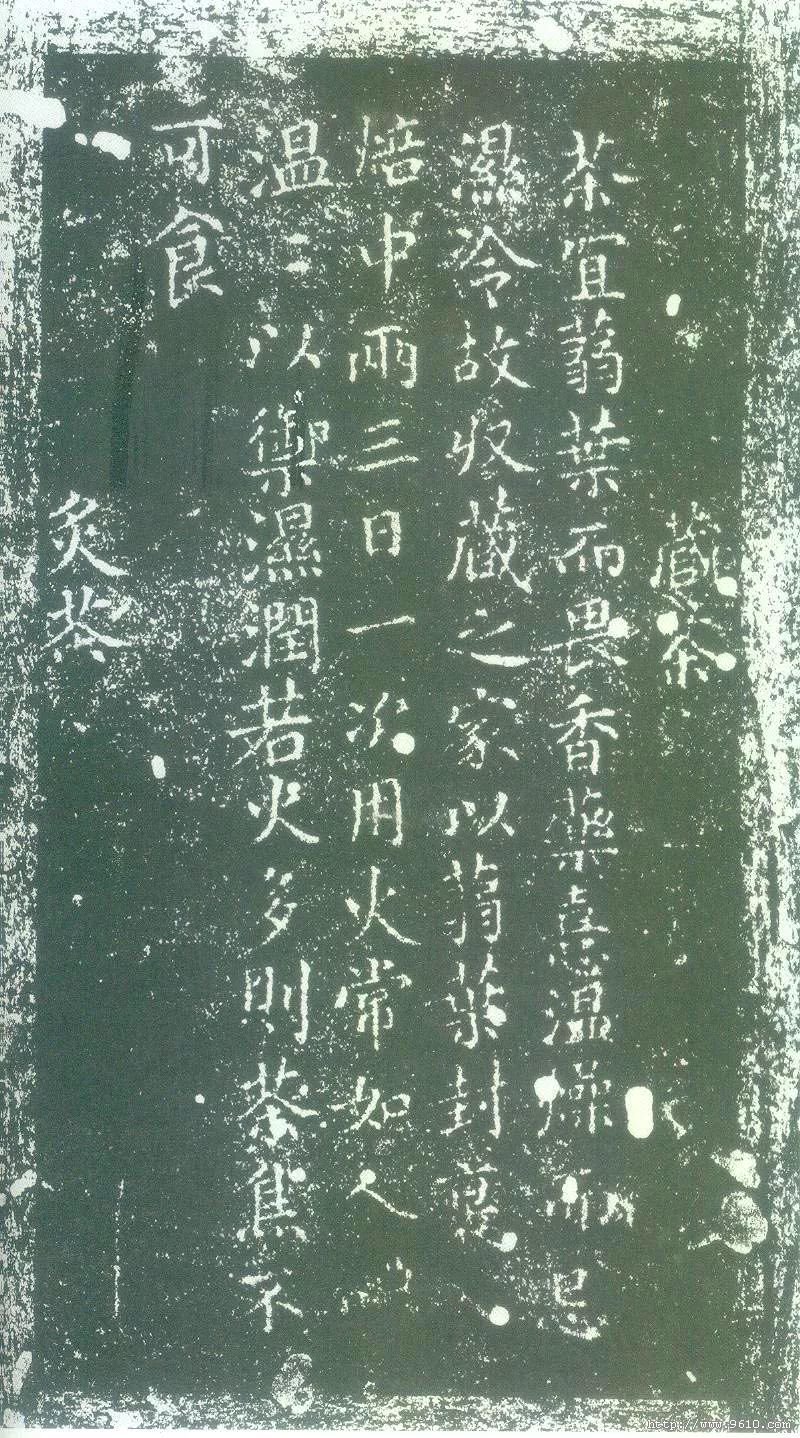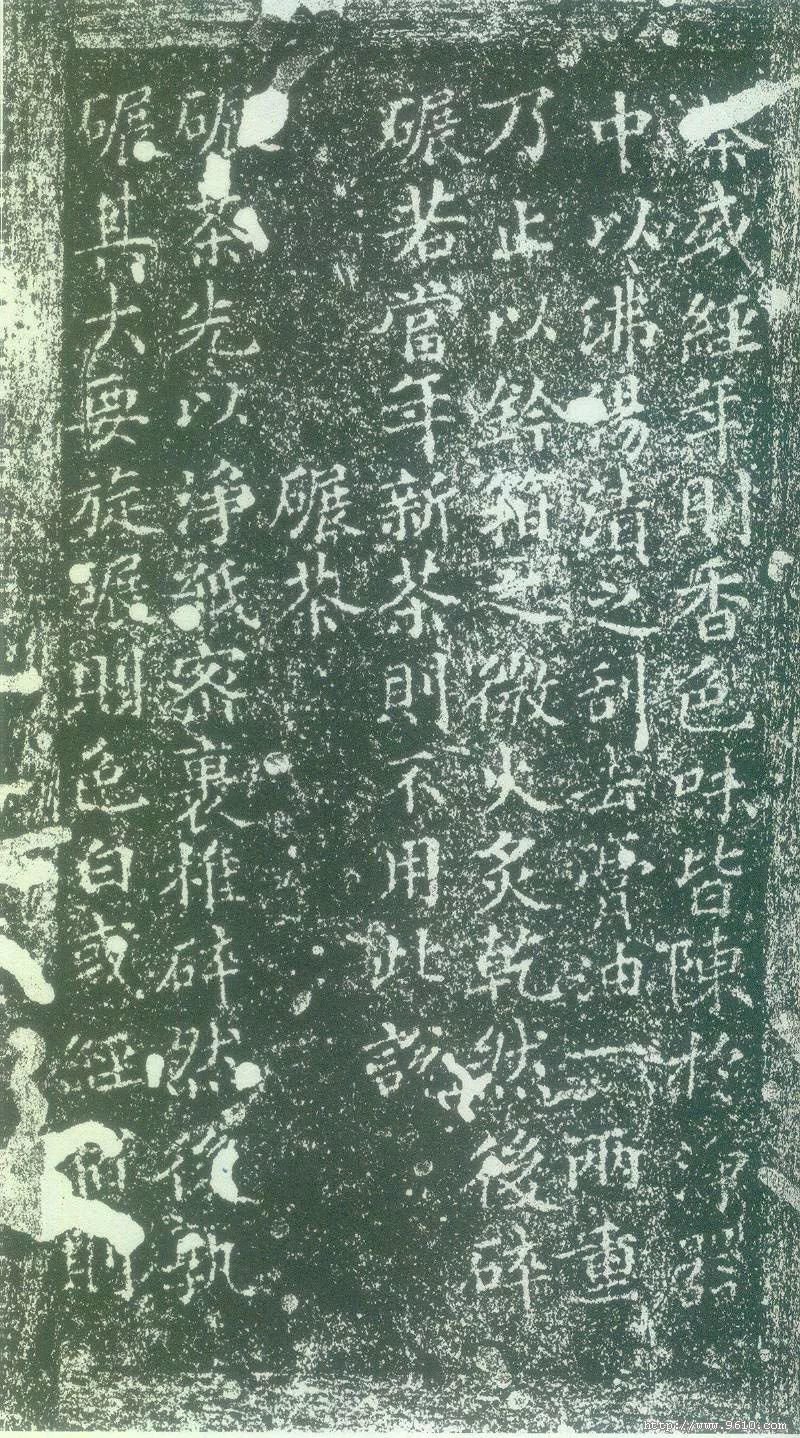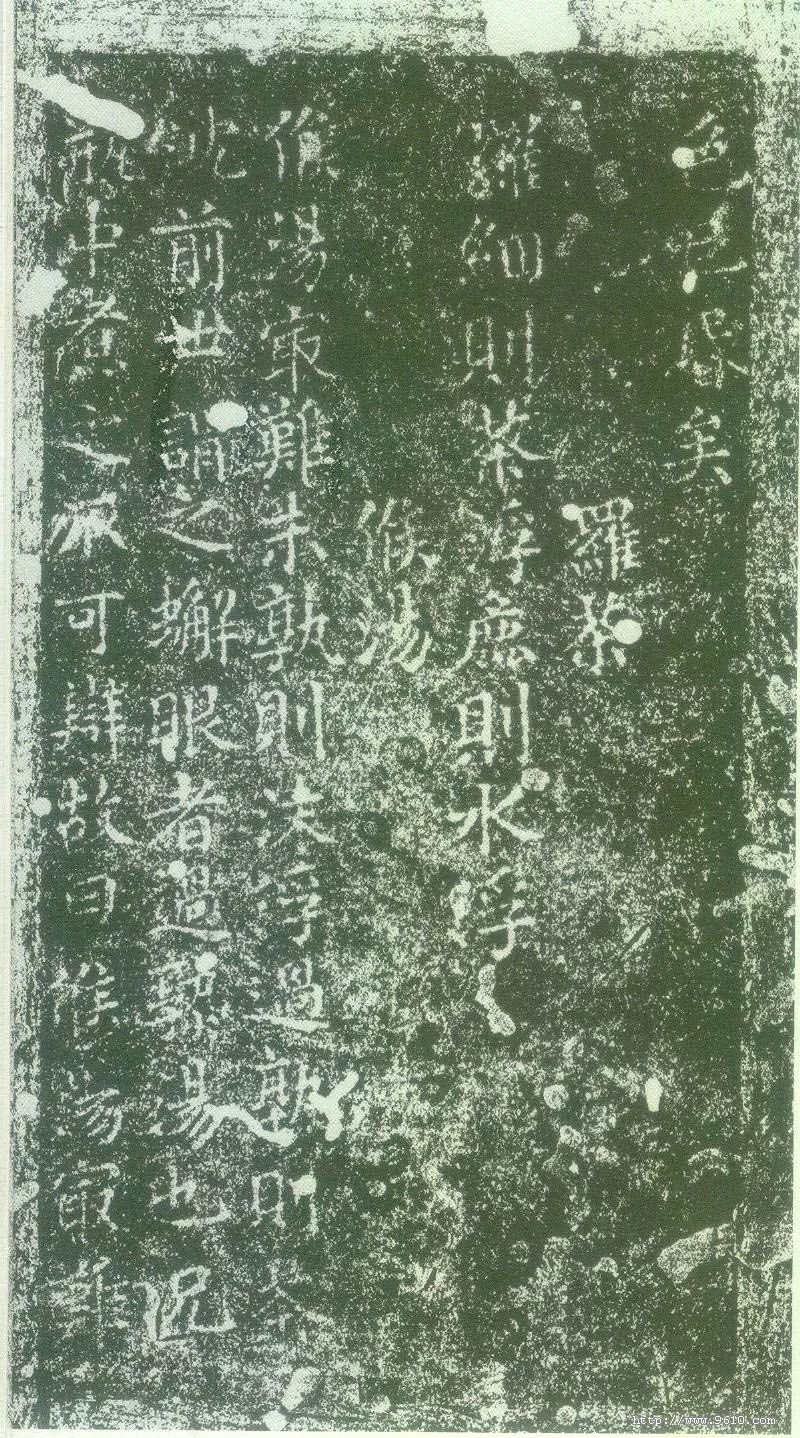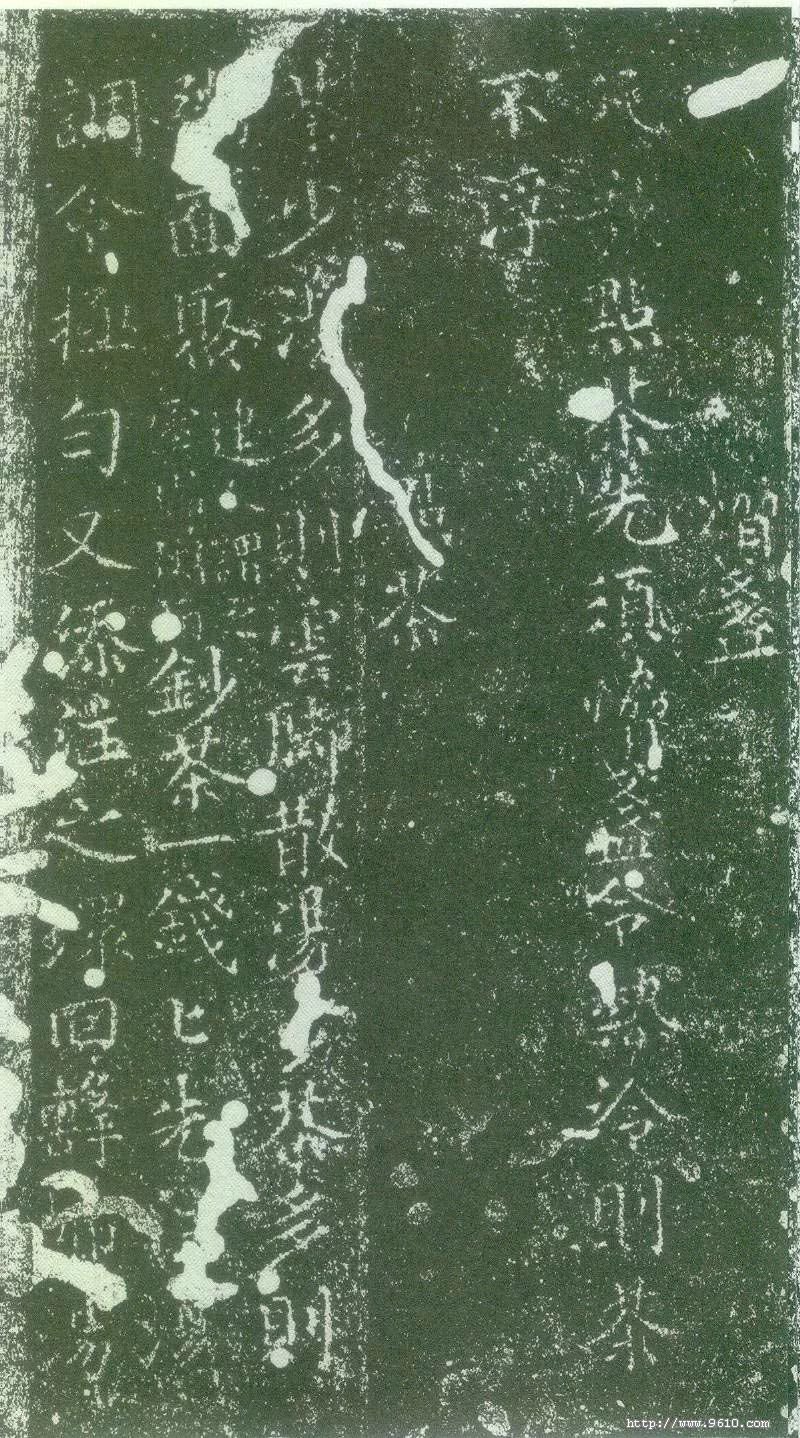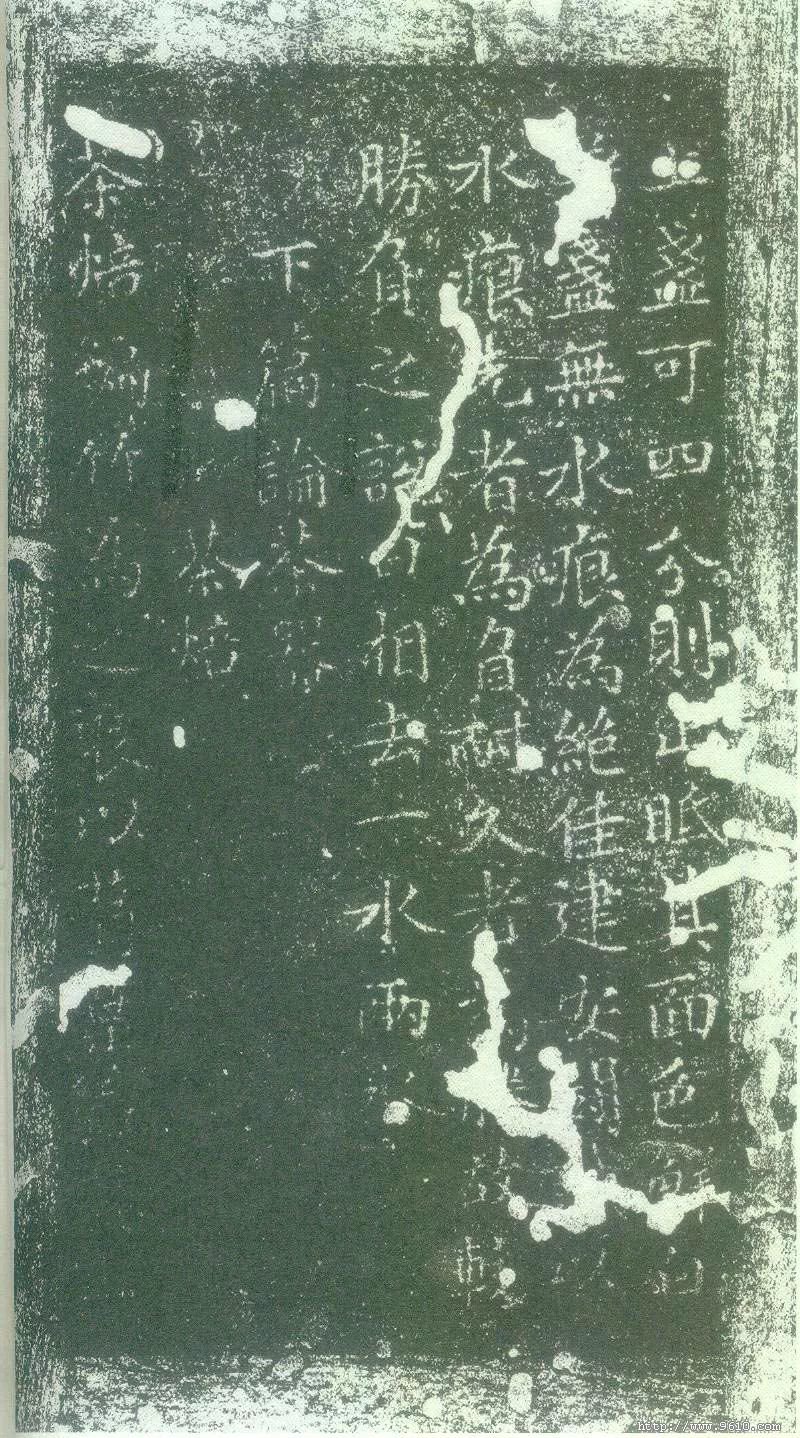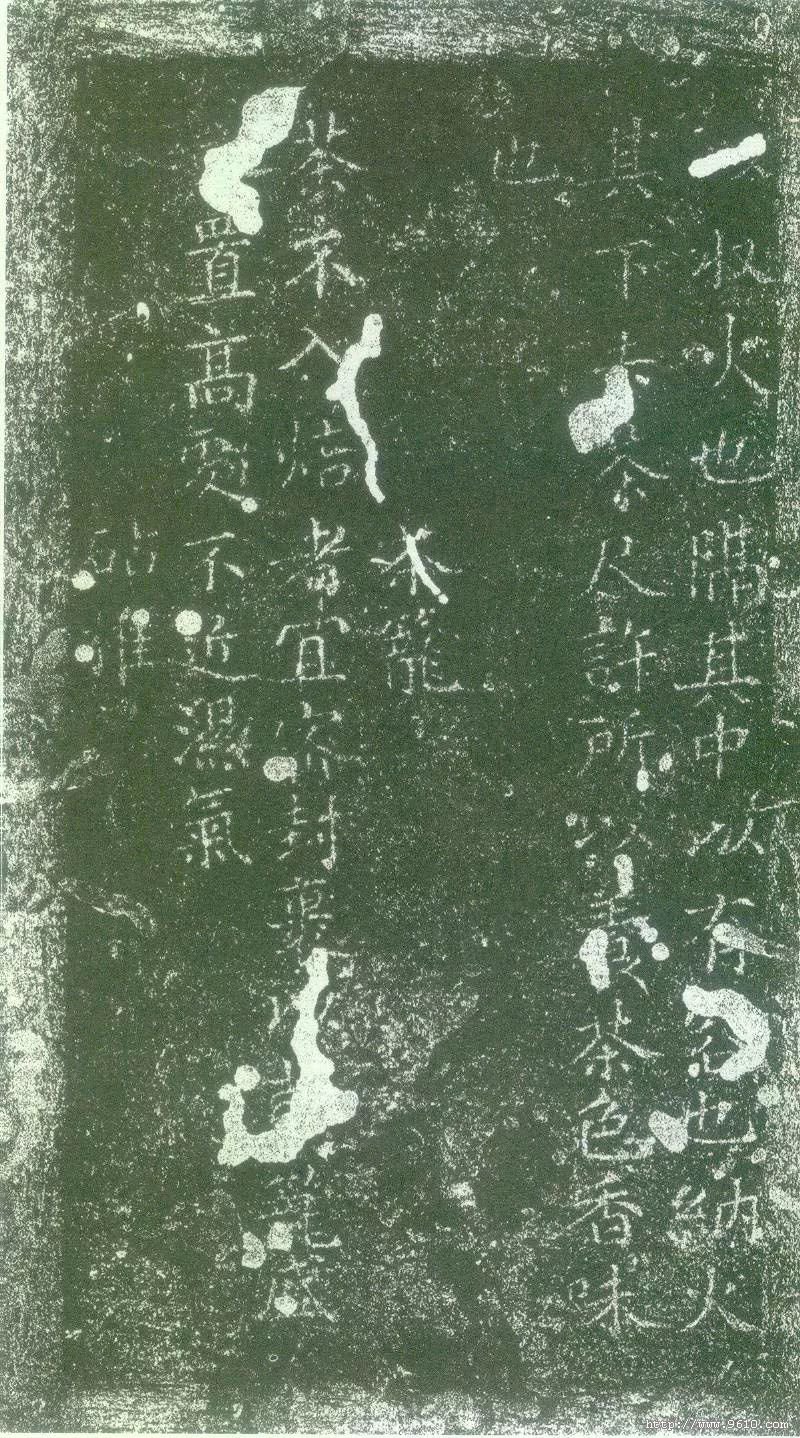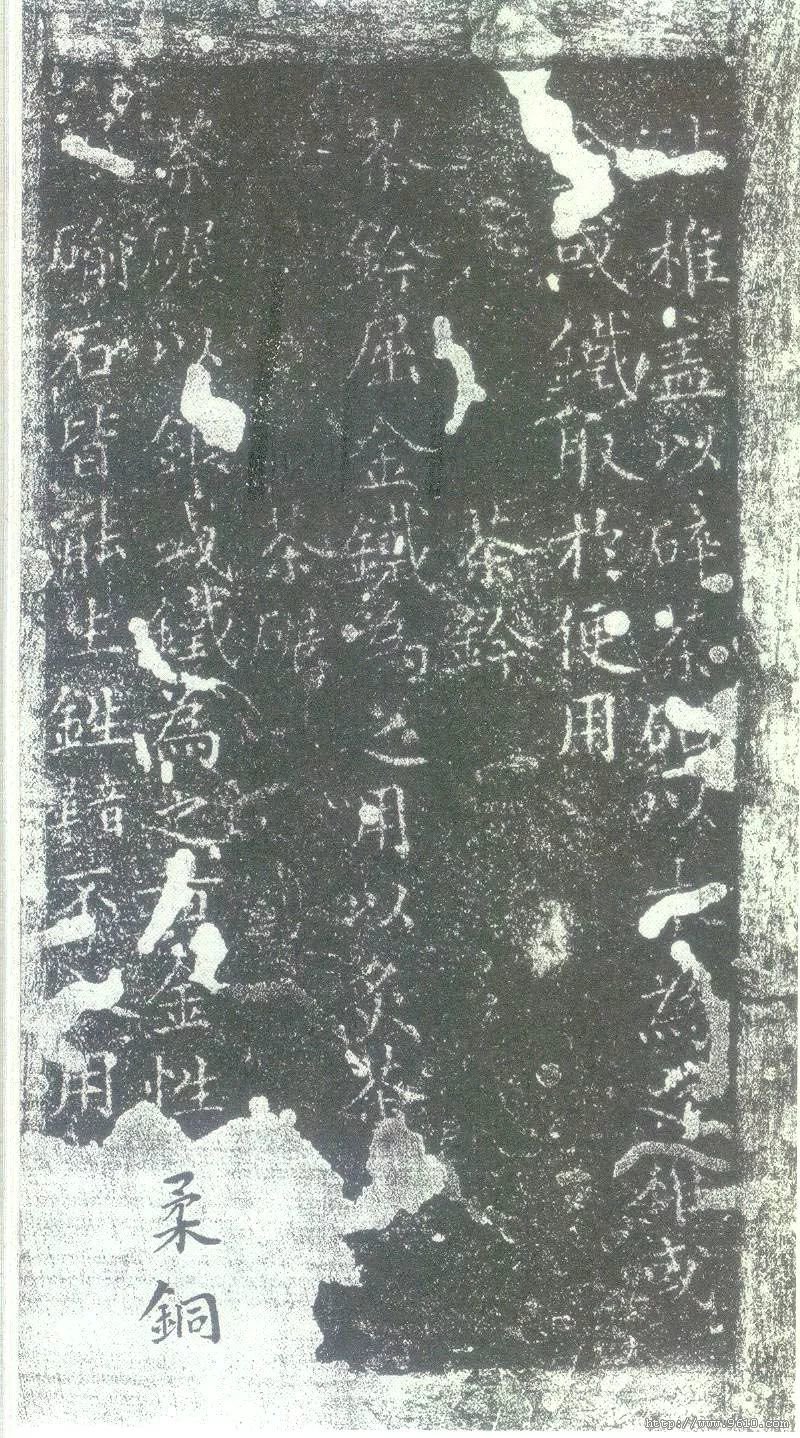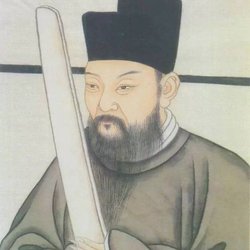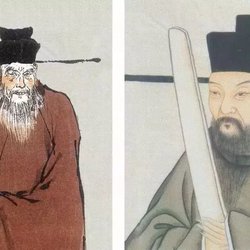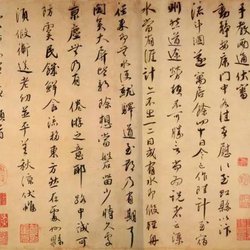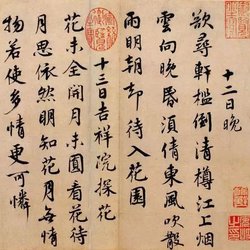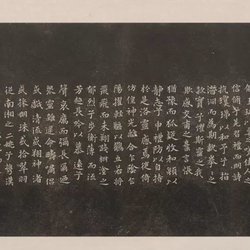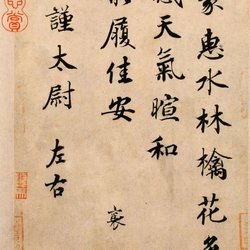Cai Xiang's "Tea Records", Song Chanchi's rubbings, 1052, Shanghai Library. Cai Xiang's "Tea Records" details Jian'an Beiyuan tea products, tea utensils, tea tasting experiences, etc., laying a theoretical foundation for artistic tea drinking in the Song Dynasty. It is the most famous tea science monograph after Lu Yu's "Tea Classic".
Cai Xiang's "Tea Record/Guxiangzhai Treasure Cai Tie"
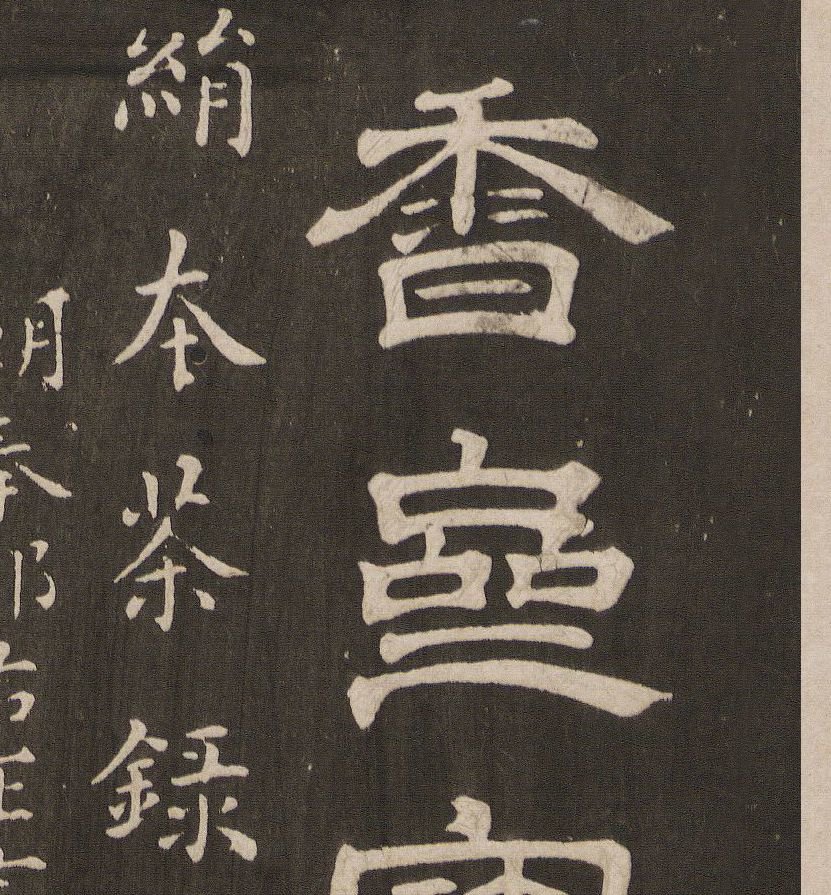
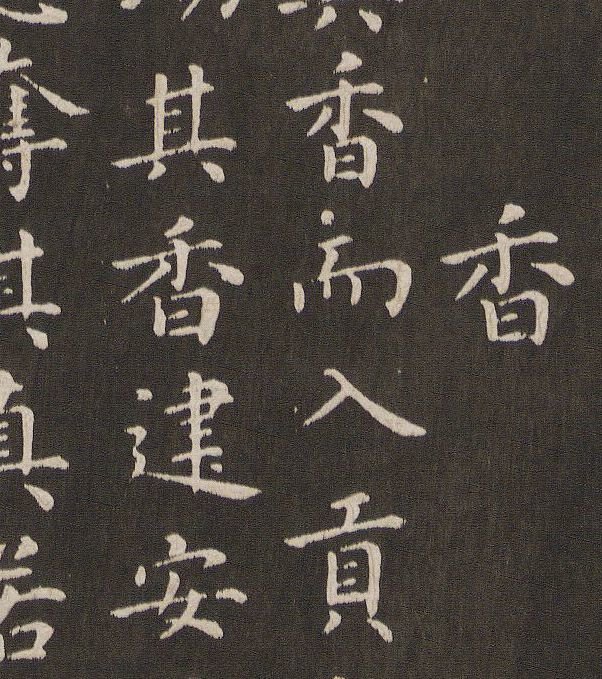
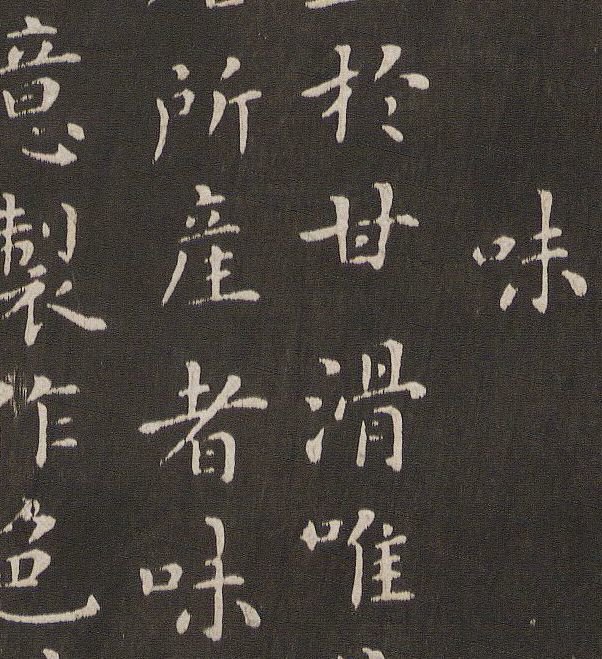
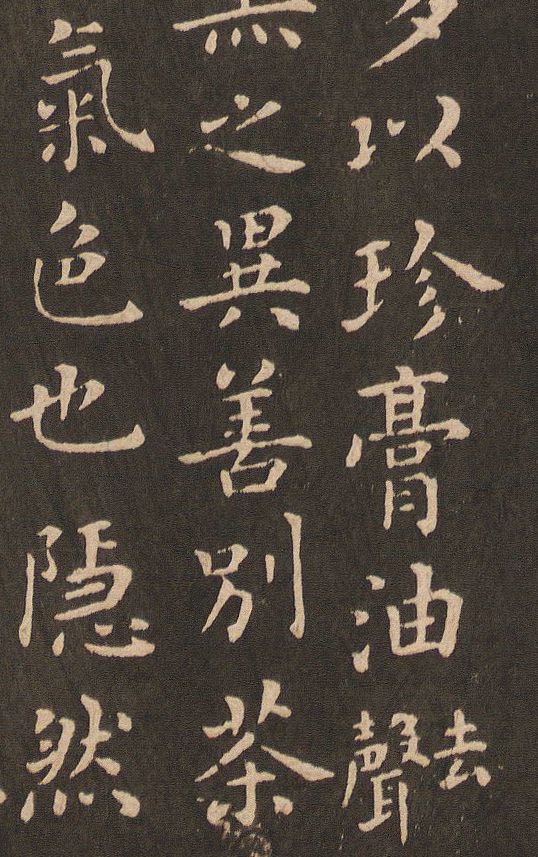
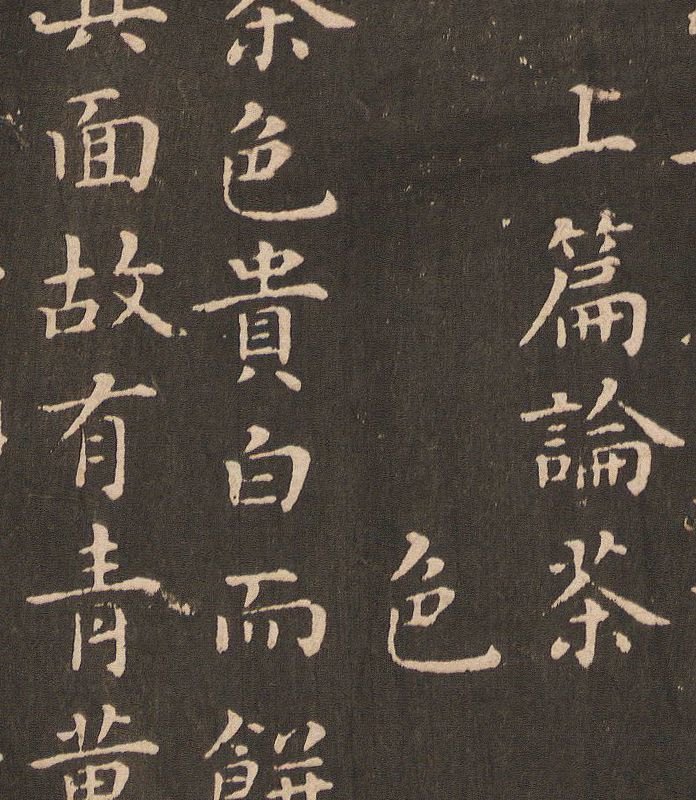
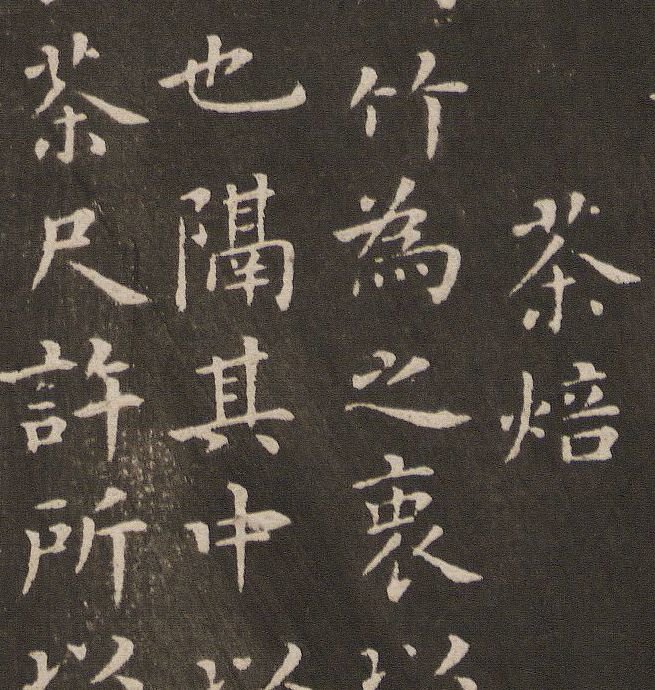
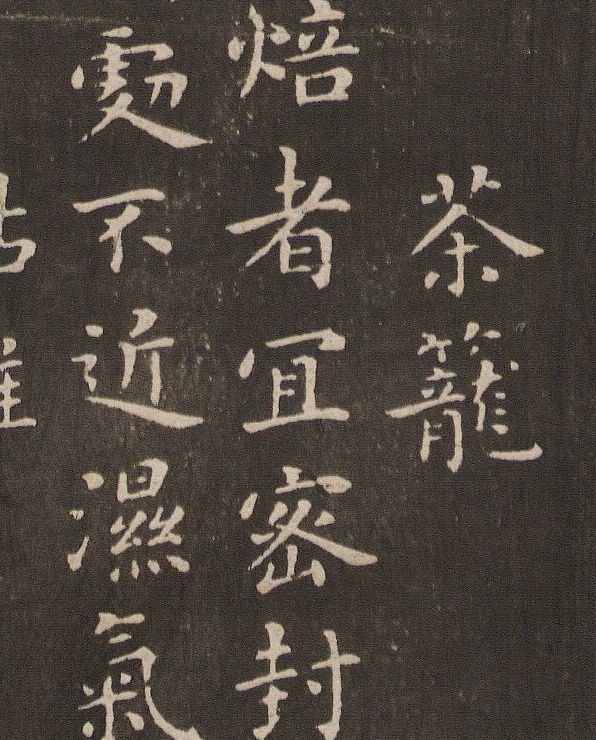
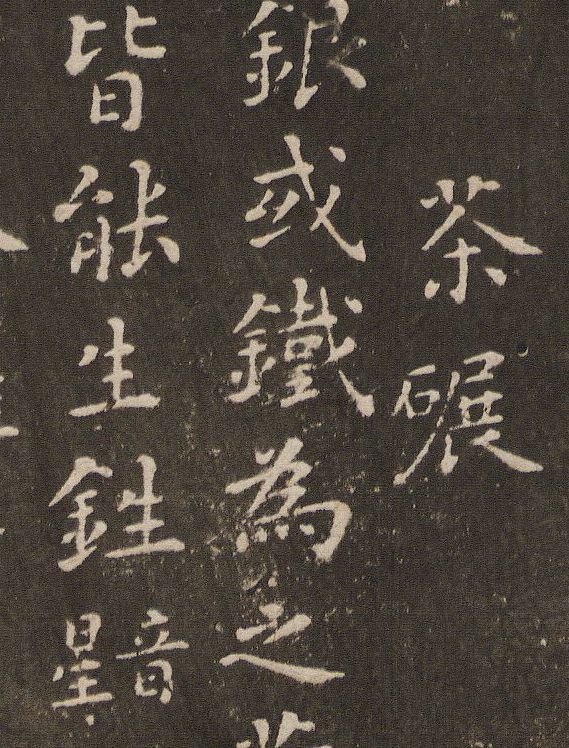
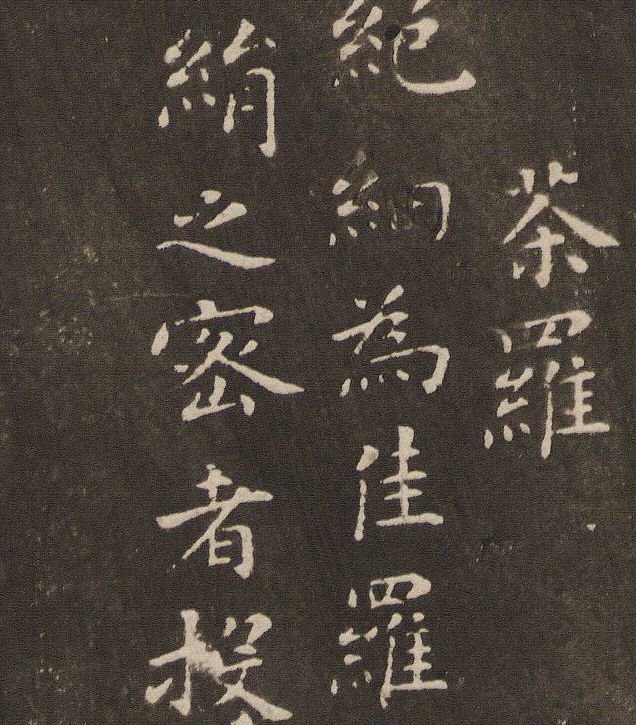
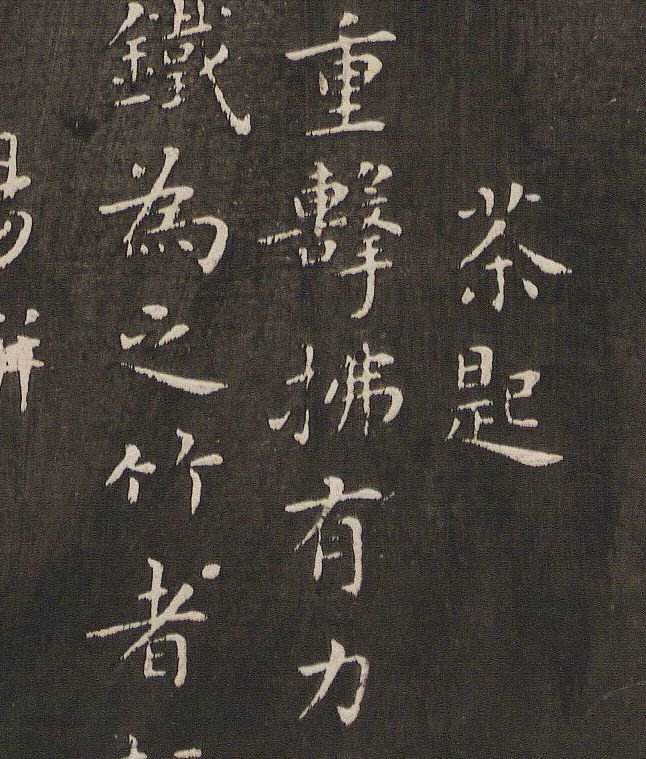
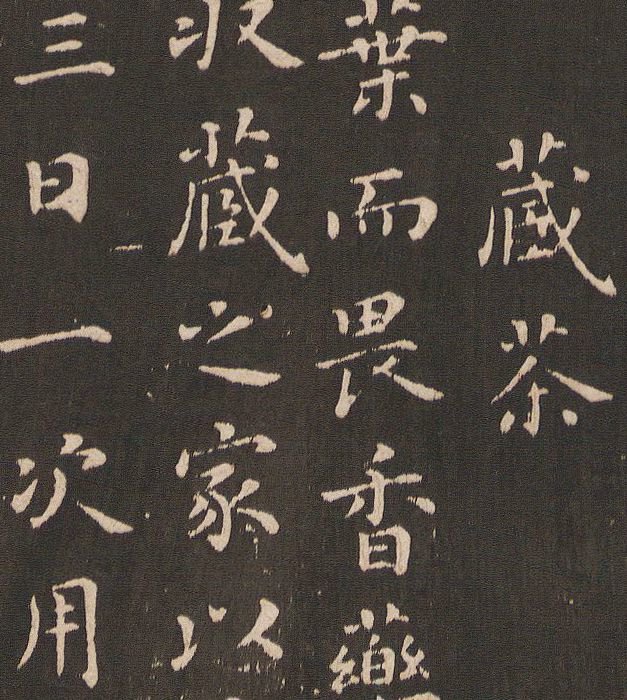

Cai Xiang's "Tea Record/Song Cicada Wing Rubbings"
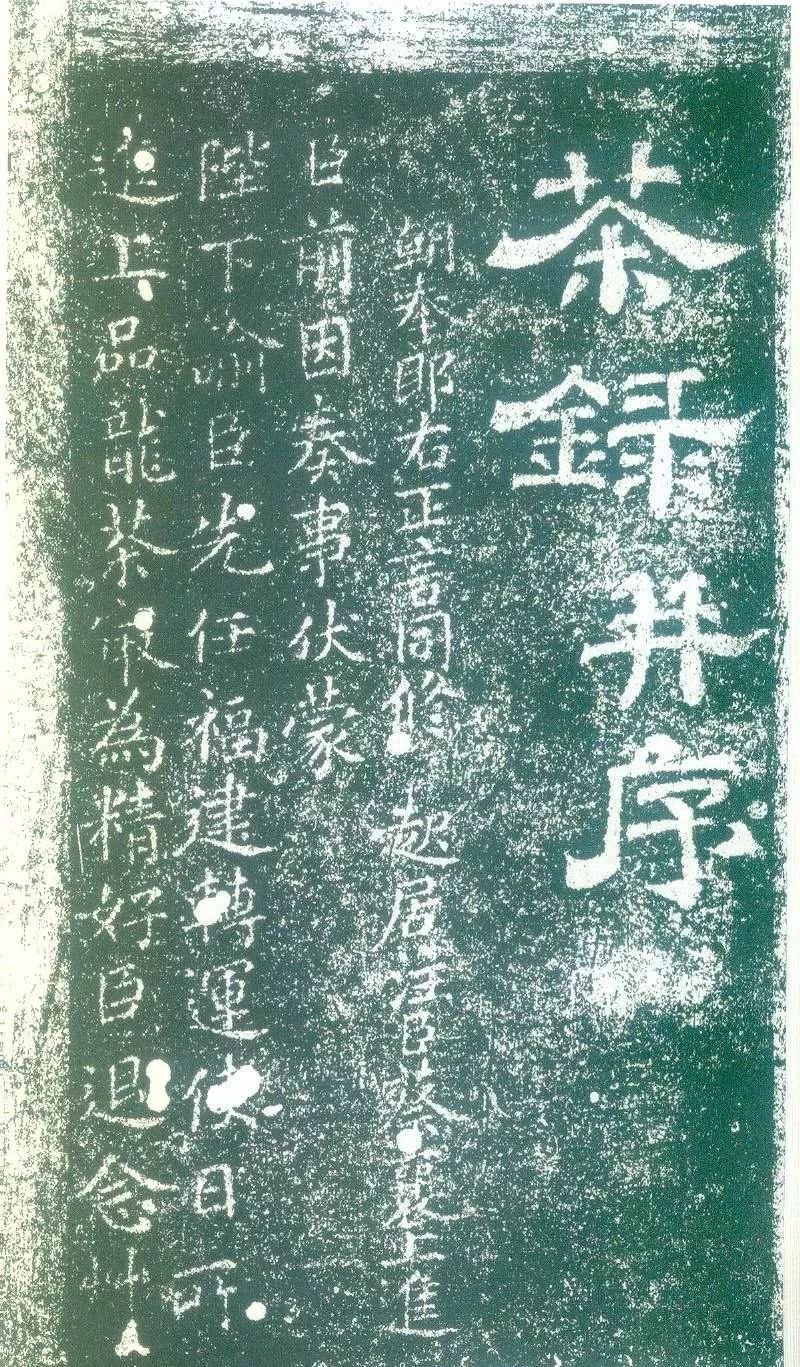
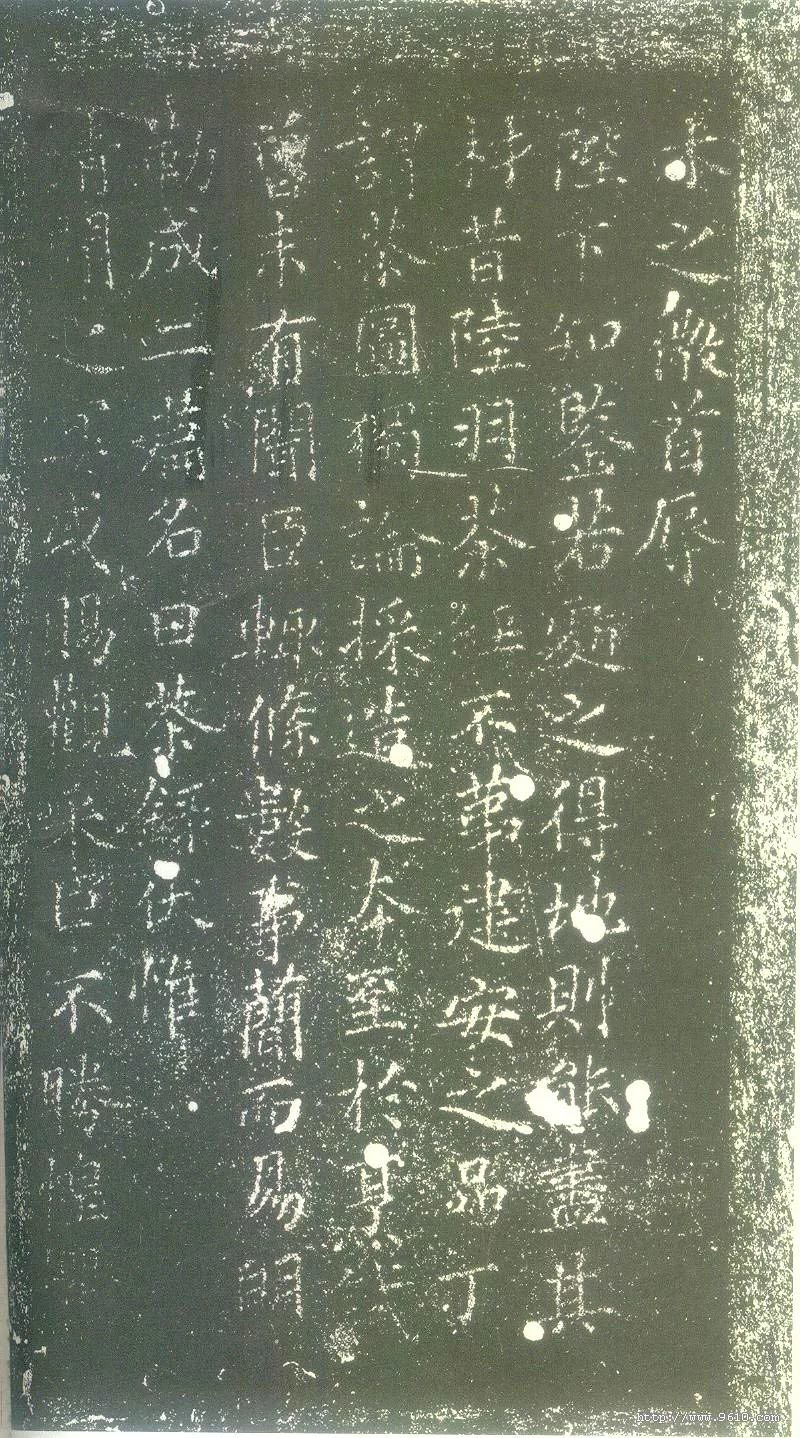
"Tea Record" was written by Cai Xiang who specially recommended Beiyuan tribute tea to the emperor because he felt that Lu Yu's "Tea Classic" was "not inferior to Jian'an products". It is an important tea science monograph in the Song Dynasty. The whole book is divided into two parts.
The main text is about 800 words. The first part discusses the quality of tea soup and cooking and drinking methods, and proposes that the color, aroma and taste of tea are excellent; the second part discusses the functions of tea utensils and how to use them, which is actually a summary and standardization of the "tea fighting" popular in the Northern Song Dynasty. "Tea Records" is Lu Yu's most influential treatise on tea after "The Classic of Tea". The aesthetic thoughts reflected in it mark the elevation of tea drinking to a more artistic level in the Northern Song Dynasty.
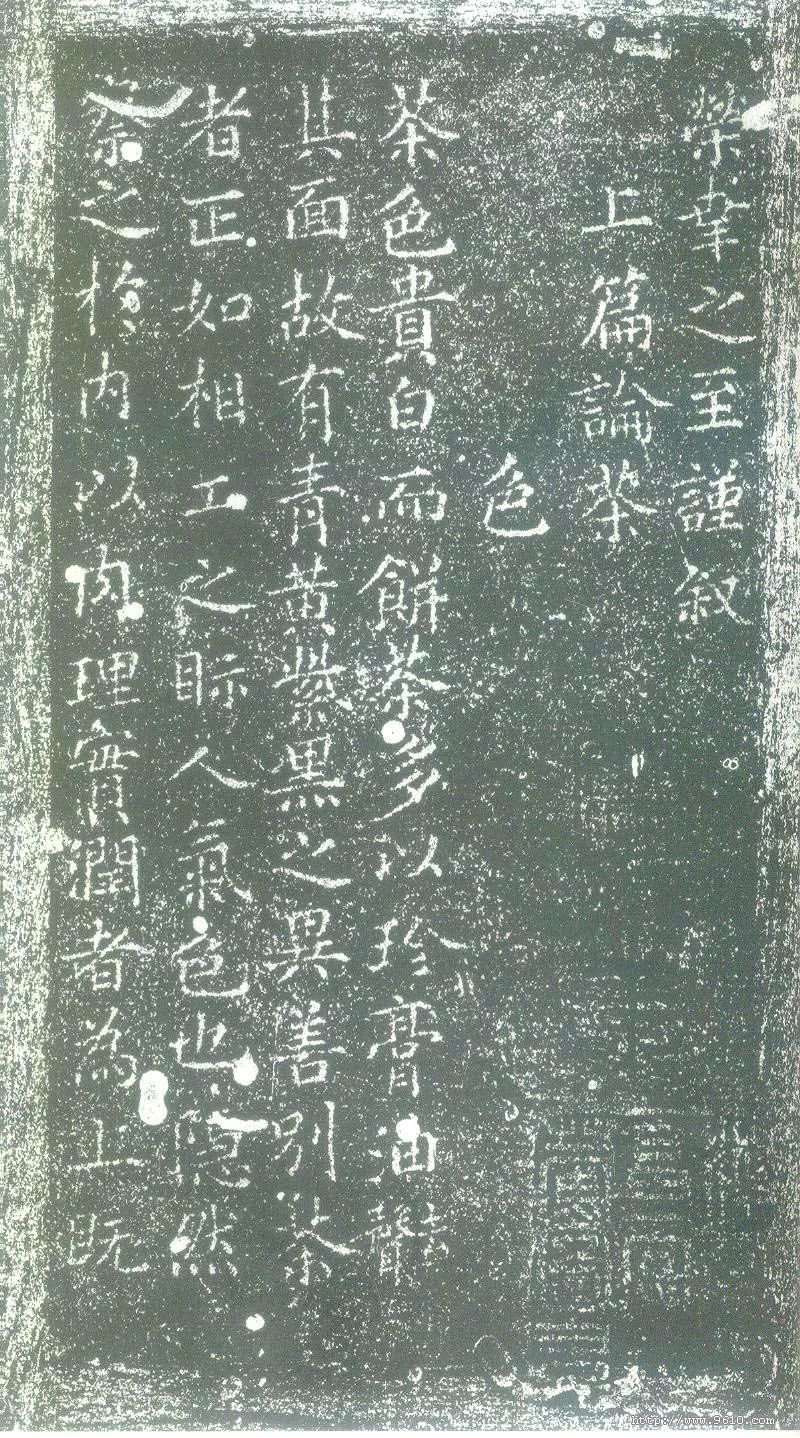
"Cha Lu" is also the representative work of Cai Xiang's calligraphy. It is also a rare small regular script calligraphy by Cai Xiang. There is no tired stroke, and it is quite similar to the regular script of the two kings. It is dignified and elegant, and has been praised by his contemporaries and later generations.
"Xuanhe Shupu" says: "During the game of Xiang Ming, there was a "Tea Record" before and after, and a "Litchi Pu", which was copied by the world. Since I cherished the book, it has the potential of flying dragons and dancing phoenixes. Those who know it will not take it too seriously. , and he is ranked number one in this dynasty."
Ouyang Xiu, who first wrote the inscription and postscript for "Cha Lu" said: "Those who are good calligraphers find it difficult to write in regular script, and it is difficult to write in regular script with small characters... Jun Mo's small characters are newly published and passed down by the second person: "Preface to the Collection of Ancient Records" Heng Yipiao Fa; "Cha Lu" The strength is solid and strict. Although the body is different, each one is extremely fast. Those who have mastered the knowledge will definitely create their essence wherever their intention reaches."
Sun Chengze of the Ming Dynasty said: "Those who worked on regular script in the Song Dynasty, Zhonghui's "Cha Lu" appeared in and out of the Jin and Tang Dynasties, which is unique."
